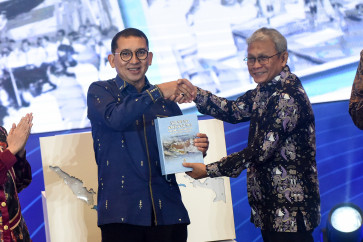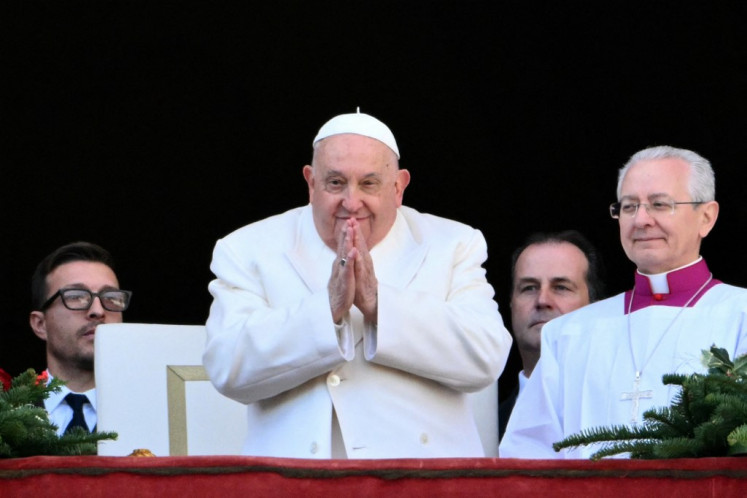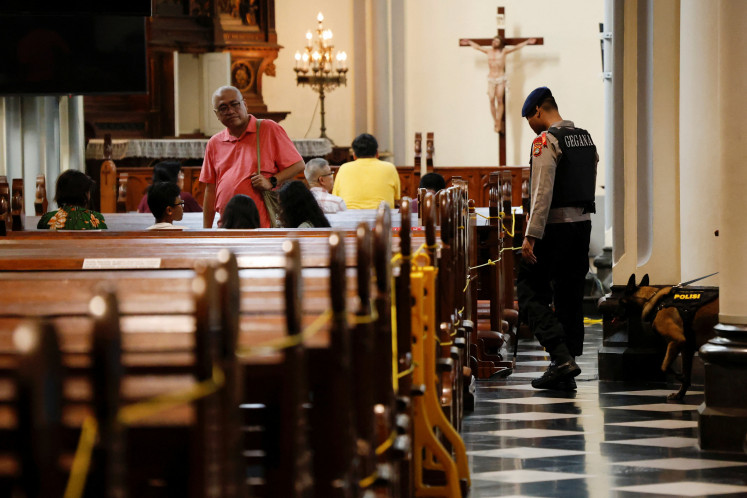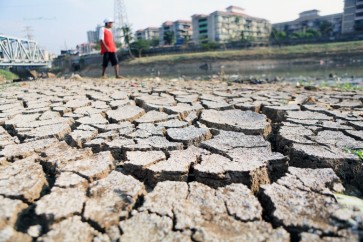Popular Reads
Top Results
Can't find what you're looking for?
View all search resultsPopular Reads
Top Results
Can't find what you're looking for?
View all search resultsIndonesia’s 2020 climate challenge
The technology for Indonesia to reach and exceed its climate action target is available. The financing can be sought. The crucial part is political will. President Jokowi should visibly demonstrate political will and aim robustly if not ruthlessly for zero carbon emissions as his climate policy legacy.
Change text size
Gift Premium Articles
to Anyone
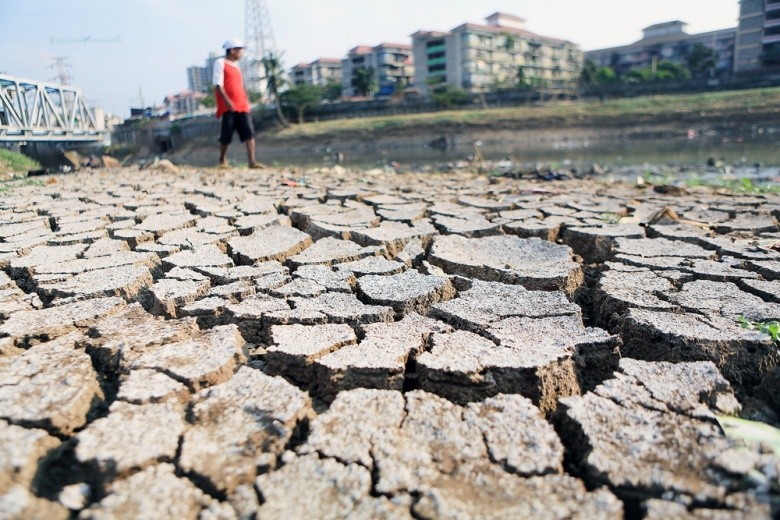 The technology for Indonesia to reach and exceed its climate action target is available. The financing can be sought. The crucial part is political will. President Jokowi should visibly demonstrate political will and aim robustly if not ruthlessly for zero carbon emissions as his climate policy legacy. (JP/Seto Wardhana)
The technology for Indonesia to reach and exceed its climate action target is available. The financing can be sought. The crucial part is political will. President Jokowi should visibly demonstrate political will and aim robustly if not ruthlessly for zero carbon emissions as his climate policy legacy. (JP/Seto Wardhana)
A
ll parties to the Paris Agreement, including Indonesia, should be activating their 2020 to 2030 nationally determined contribution (NDC) on Jan. 1. They all should be reaffirming their climate-action pledge at the upcoming 25th Conference of the Parties ( COP25 ), the annual meeting of the United Nations Framework Convention on Climate Change, in Madrid, Dec. 2 to 13.
The 2015 Paris Agreement is a legally binding accord by all supporting nations to combat climate change. It aims to reduce greenhouse gas emissions with the final goal of zero global carbon emissions by 2050.
Further, the intent is to limit global warming to 1.5 degrees Celsius above the preindustrial average in world temperature. If no action is taken to curb the temperature rise, the 1.5 degrees cap would be breached in 2030, according to the Intergovernmental Panel on Climate Change.
“Any temperature rise beyond 1.5 degrees will lead to major and irreversible damage to the ecosystems that support us,” UN Secretary-General AntÓnio Guterres warned at the Climate Action Summit in New York on Sept. 23.
Greenhouse gas emissions are mainly carbon dioxide from land use change and fossil fuels like coal, petroleum and natural gas. The emissions rise in the atmosphere and trap the heat from the sun. This causes global warming that leads to extreme weather conditions with death and destruction as a consequence.
In Indonesia, carbon emissions mostly come from the energy sector and from converting forest and peatland to other uses. In its NDC, Indonesia has committed itself to reducing carbon emissions by 29 percent, or 41 percent with international cooperation, against a business-as-usual baseline. Leaving forest and peatland in their natural state would offset carbon emissions by 17.2 percentage points. Energy should contribute another 11 percentage point cut and the remaining 0.8 percentage points is shared among the three lesser factors: agriculture, waste and industry.
At the opening of the New York summit, Guterres said the biggest cost in tackling climate change “is subsidizing a dying fossil fuel industry, building more and more coal power plants”. He asked whether there was any common sense in building “ever more coal plants that are choking our future”.



